Do you ever wonder why your pup loves rolling around on their back? You may have seen them do it in the grass, on dirt or when they're belly-up for belly rubs.
It's a strange behaviour that some owners find endearing and others don't understand - but why do dogs roll over on their backs? Is this simply to express joy and fun, or is there something deeper going on here?
In this blog post, we'll uncover the mystery of why so many canines love getting upside down.
An Attempt to Disguise the Dog's Scent
Dog rolling, or the act of a dog repeatedly rolling on its back and sides, can be used to disguise their scent. It is a natural behaviour that dogs employ to try and cover up their own scent with something else.
This is generally seen when dogs would like to avoid pursuit from or detection by other animals, such as foxes and wolves, by eliminating their recognisable smell. In this way dog rolls become an effective attempt at withstanding or altering the dog's native scent.
The Dog Might Be Playing With Other Dogs
Dogs rolling on their backs when playing with other dogs is a natural and instinctual behaviour.
While it may appear as though they’re simply having a good time, there are many complex underpinnings to why dogs roll in this type of situation. It’s believed that one of the main reasons why dogs do this is to actually demonstrate submission and show deference during play fighting or skirmishes.
Additionally, rolling on their back sends a message of trust and friendship to the other canine involved in play and offers protection for sensitive parts of their body such as the neck and chest.
Ultimately, if you notice your dog rolling while playing with another dog chances are they’re merely displaying usual natural behaviours that come naturally to them!
Playful Rolling With Wiggles

Dogs love to show excitement in a number of ways, one of which is rolling and wiggling on their backs.
While why exactly a dog would engage in this seemingly odd behaviour is not entirely known, it is thought that it may be done out of instinct or pure joy. Studies suggest that for dogs, rolling with joyful abandon is an automatic and innate form of self-expression as well as an activity that makes them feel safe and secure.
So why do dog roll? It could be because they are trying to demonstrate trustfulness or simply having fun.
While the why behind these rolls remains up for debate, one thing is certain: the joyous sight of a pup basking in its own playfulness by rolling around with wiggles will definitely bring out laughter and smiles from all those who witness it.
The Dog May Want to Avoid Conflict
Dogs primarily use body language to communicate, and their avoidance of conflict is no exception.
Often when a dog rolls onto their back, it is not only a sign of submission but also an effort to avoid an unpleasant situation.
It is natural behaviour for dogs - they roll to expose vulnerable areas such as the stomach and the neck with the intention of de-escalating the tension. Other common body language clues include avoiding direct eye contact, turning away from a person or dog, or licking lips nervously.
When dog behaviourists observe dog conflict resolution, dog rolls are often one of the first approaches used to avoid further confrontation and keep everyone safe afterwards.
The Dog Might Be Scratching His Back or Grooming
Dogs scratching their back is a behaviour that many owners witness and wonder about. It turns out that this is a natural behaviour for dogs and one that serves several purposes.
For dogs, rolling around in the grass feels good and helps remove any dead flakes from the dog's skin or debris that might be on their fur. This behaviour can also be a way for dogs to spread their scent around and leave their mark on their territory.
If you see your dog scratching his back, take a look at his other body language clues to see if he's also showing any other signs of relaxation or contentment, such as a loose body, soft eyes, and slow wagging tail. If they appear distressed - it may be a sign of a deeper issue such as dermatitis or a skin infection.
The Dog Might Want a Belly Rub (Rolls When You Pet Him)

If your dog rolls over when you pet them and offers their belly for a rub, it's a show of trust. This natural behaviour for dogs is an indication that they feel comfortable, secure and content around their owner.
Although it may seem like an exposed position from a human perspective, dogs feel at ease and in control when in this vulnerable spot.
Therefore, dog owners should take the hint and treat their dogs to some much-deserved belly rubs.
Nervous or Fearful Rolling During Greeting
It is common for dogs to roll onto their back when they are nervous or afraid during greetings; this behaviour often surprises dog owners.
Although it may seem like an odd display at first, rolling over is actually a normal way dogs communicate in order to put themselves in a vulnerable positions and show that they are not a threat.
When dogs roll onto their backs, they present a vulnerable position to the other dogs and people they meet and are basically saying "I surrender" to show that they mean no harm.
Dog owners should realize that this kind of behaviour is nothing more than their pet's attempt to deescalate a potentially difficult situation - by understanding this body language, dogs going forward will be able to experience positive interactions with others.
A Basic Submissive Action
One of the most common submissive actions dogs perform is rolling over. This behavior originates from dogs’ wolf ancestors, who used the action to communicate their submission during dog meets.
Many dog owners find this to be a cute display, although some dogs may do it out of fear or insecurity. If your pup seems anxious or panicky when they roll over, look for other signs that indicate distress, such as heavy panting or continuously licking their lips.
In these cases, it may be best to modify the situation and avoid repeated submissive displays. Taking into account both its origins and implications, it's important to understand why dogs roll over when faced with a perceived threat.
The Dog Might Be Rolling In a Scent (Or Smelly Things!)

Dogs roll on their backs for a variety of reasons, but one that may surprise many dog owners is the notion of scent-rolling.
Animals roll in smelly things like poo, garbage or food because the odours linger on their fur and sends a message to other animals.
It's thought that rolling helps to spread the scent, even after the original source has been removed. However, all of the reasons why dogs might roll in such unpleasant smells still remains unknown.
They're Happy and They Want You to Know it
Dogs have an endearing tendency to roll onto their backs when they're content. It's believed to be connected to them displaying the softest part of their body - vulnerable and submissive, dogs are inviting others in for play.
While this natural behavior is seen as a sign of happiness, it can also be interpreted as manipulation by a skilled dog owner who understands that dogs may use this cute act to get what they want from their human companions.
Regardless, dogs rolling on their backs appear ecstatic in most cases and it's definitely a common reason to break into smiles.
The Dog May Just Find it Comfortable
Dogs rolling onto their backs is a very comfortable and normal behavior found among several different dogs.
It is not uncommon to find dogs lounging lazily on their backs, regardless of whether they are domestic dogs or wild dogs.
To dogs, it’s an easy and relaxed way to rest. It communicates trust, love, comfort and submission.
Rolling over on their back may also indicate that the dog doesn’t feel threatened or vulnerable at the moment; this allows them to display who they truly are without fear or hesitation.
A Word About “Alpha Rolls”
The Alpha Roll is an outdated technique in which your forcefully roll your dog onto their back and hold them there.
It is rooted in outdated theories about how dogs should be trained, relying on dominance and punishment instead of positive reinforcement, and it can lead to fear-based behaviours and damaging the trust between you and your dog.
Alpha Rolls are ineffective in teaching your dog to do as you ask, but they will make your dog fearful or confused. Even using this method when done unintentionally can lead to behaviour issues down the line.
A better approach is to use positive reinforcement with rewards and praise so that training is an enjoyable experience for both you and your pup.
Why does my dog rub herself all over the carpet?
It is not uncommon to see a dog rubbing itself on the carpet, and there could be a range of explanations as to why.
For one, it might simply be an emergency itch that needs to be scratched! Dogs do tend to rub their backs and bellies along surfaces throughout the house for this reason.
On the other hand, carpets may also provide a surface that can carry scents from other animals or people who have come in contact with them.
Furthermore, dogs release pheromones when they rub themselves on an object; this sends out a message that this area is "theirs".
Next time you see your pup rubbing themselves on your living room rug, try not to get too frustrated! There is likely a perfectly reasonable and natural behavior.
In the wild, dogs used to roll on smelly things to mask their scents
Dogs have been part of human society since ancient times, yet many of us often fail to recognize the innate primitive dog's behavior that can still be witnessed in our beloved pets.
One remarkable example is the tendency of dogs to roll on smelly things. In wild settings, this isn't simply a playful action; instead, it's used as a means to disguise their own scent – an essential technique for avoiding detection by predators & prey alike.
This behaviour has been passed down through every generation of dog and despite being domesticated for centuries, this ancestral trait remains.
The next time you catch your pup rolling around excitedly in something noxious, remember that there may be more than meets the eye!
Why do dogs roll on their backs when in trouble?
Some dog behaviourists believe that rolling on their backs when in trouble is a defensive position that dogs take. They may roll on their back to appear submissive to the other dog or person and hopefully avoid being attacked.
This behaviour is most commonly seen in dogs who haven't been well socialized as puppies and are unsure how to act around other dogs or people. However, it's not uncommon for even the most well-behaved dog to roll on their back when they feel threatened.
Responding to Body Language Signals
Knowing how to interpret your dog's body language signals can be critical in ensuring their safety and wellbeing.
Most dogs roll on their backs when they feel comfortable, while they will usually respond defensively or stiffen up if they're uncomfortable or threatened - rolling over as a sign of submission is a behaviour that numerous other dogs understand, conveying to them that your pup feels vulnerable and wants the other dog to back off.
Understanding this body language signal helps us anticipate whether our pooch might be in danger in certain situations and consequently give us time to act quickly and appropriately to make them feel safe again.
Why do dogs roll on their back when you pet them?
Dogs are known to be some of the most affectionate animals, and if they really like you they may even roll on their back when you pet them. This behaviour is an innate response meant to show trust and submission in a way that is comfortable for both you and your new dog.
By rolling on their back, dogs may also be trying to communicate that they want more attention—usually a sign of wanting their belly rubbed. Turning onto their back is a sure-fire way for dogs to get what they desire from us humans!
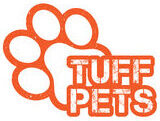
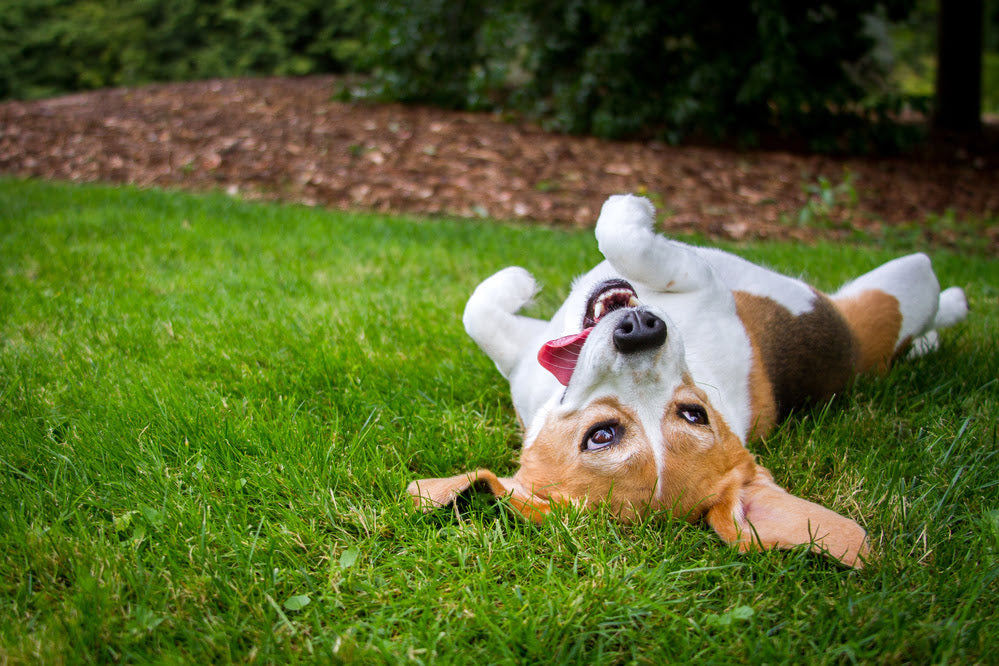
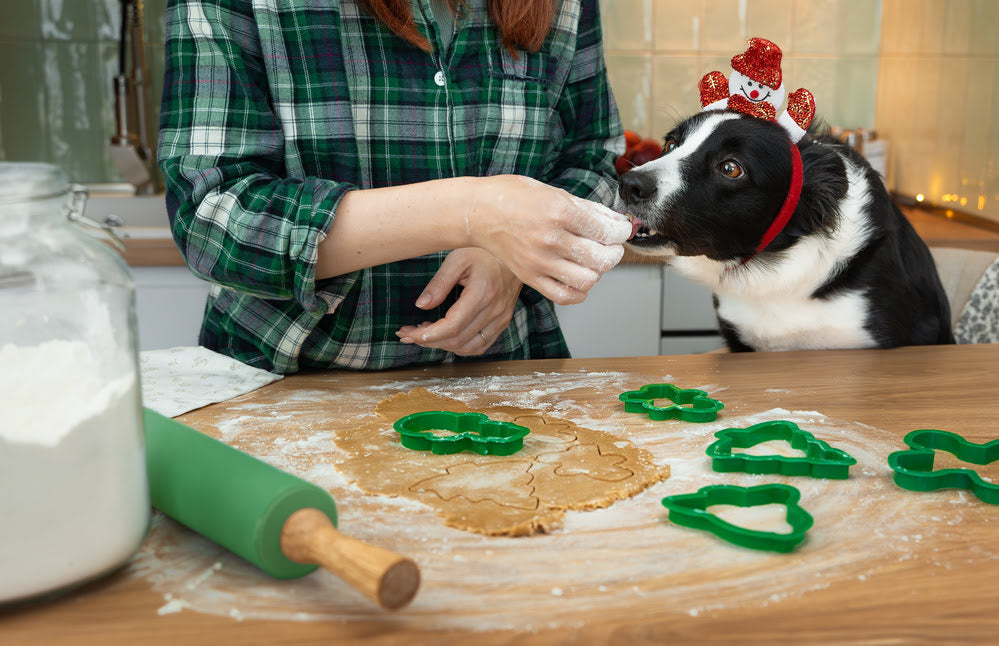
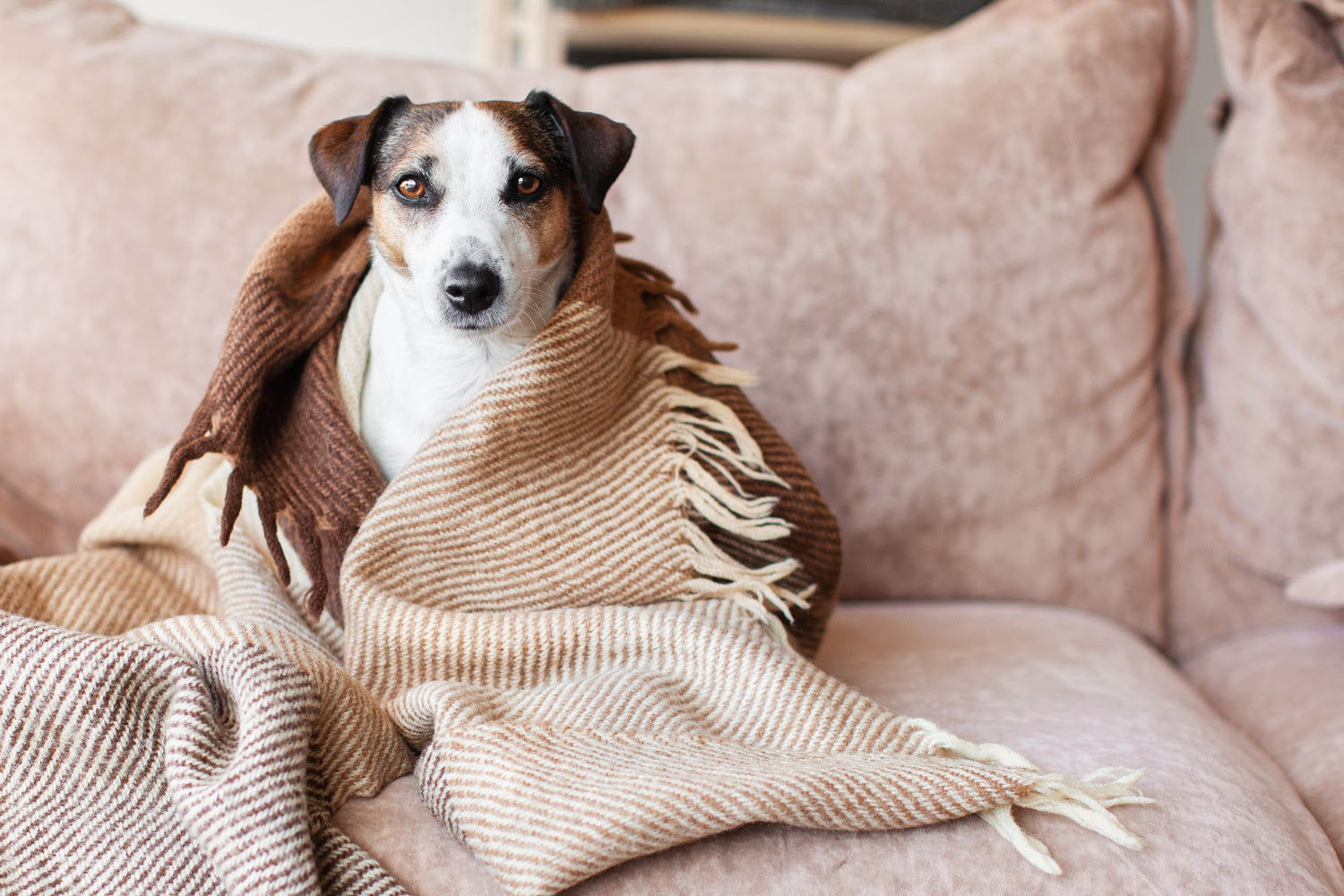
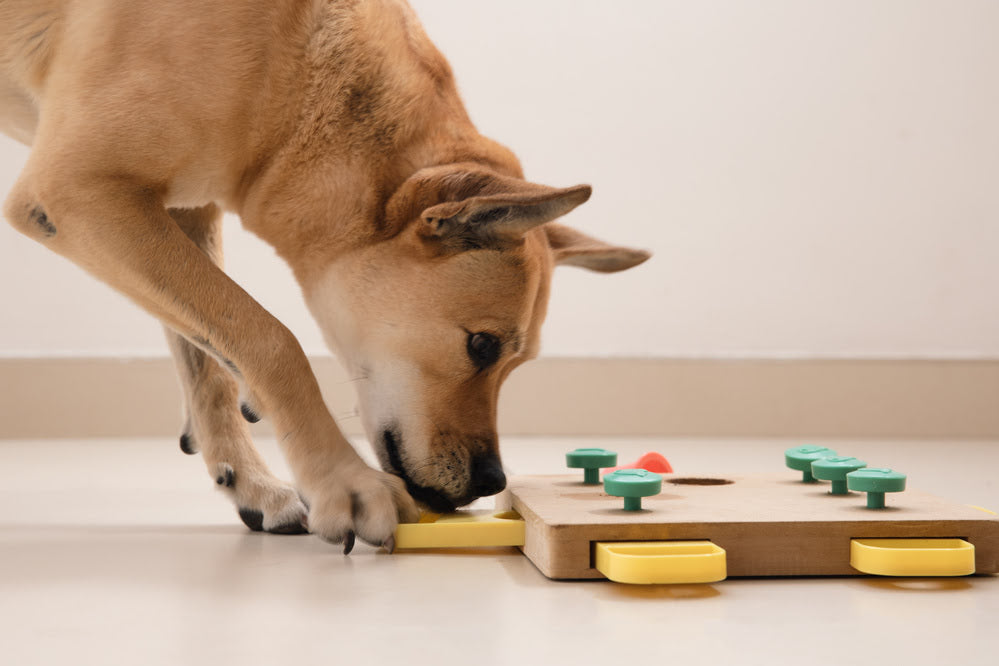
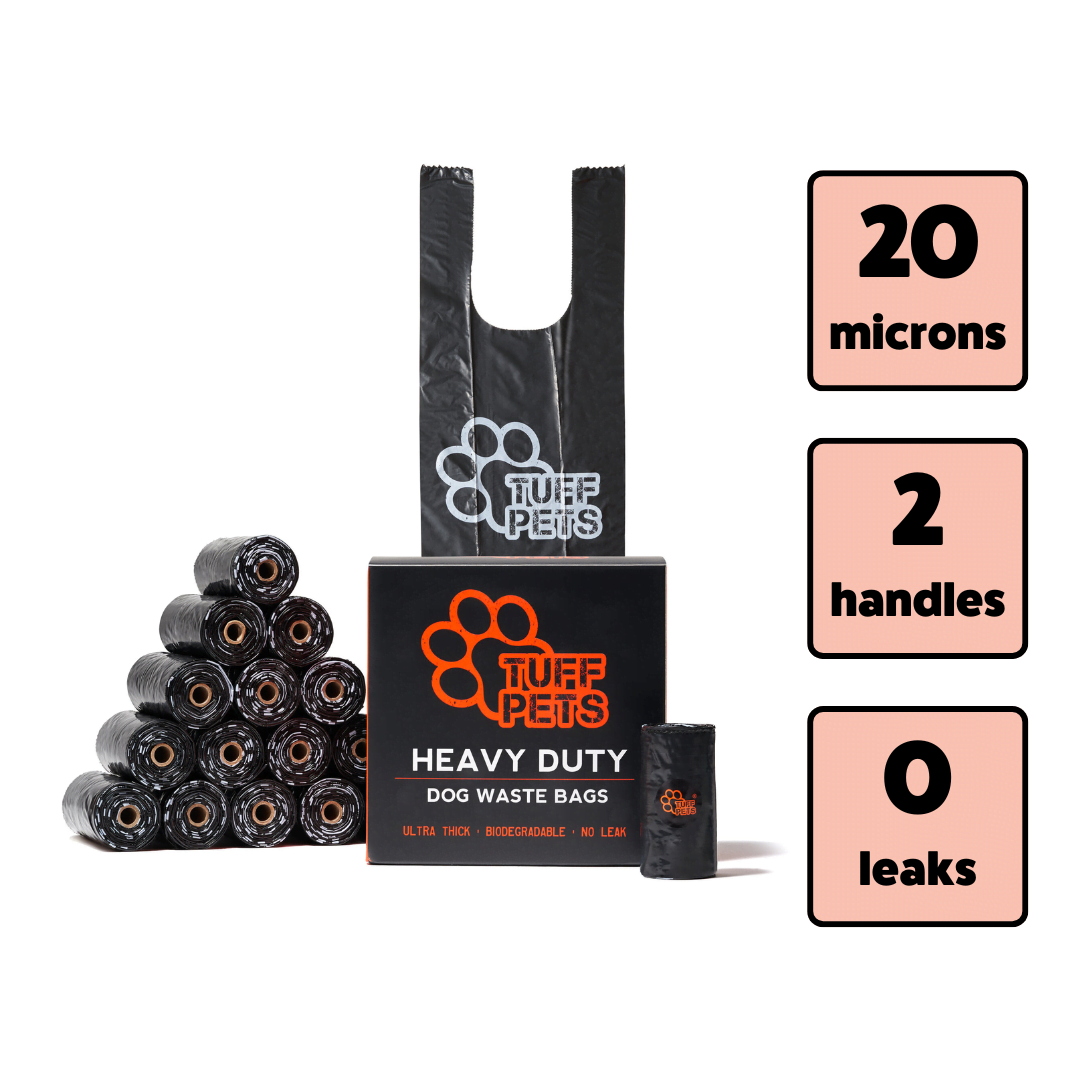
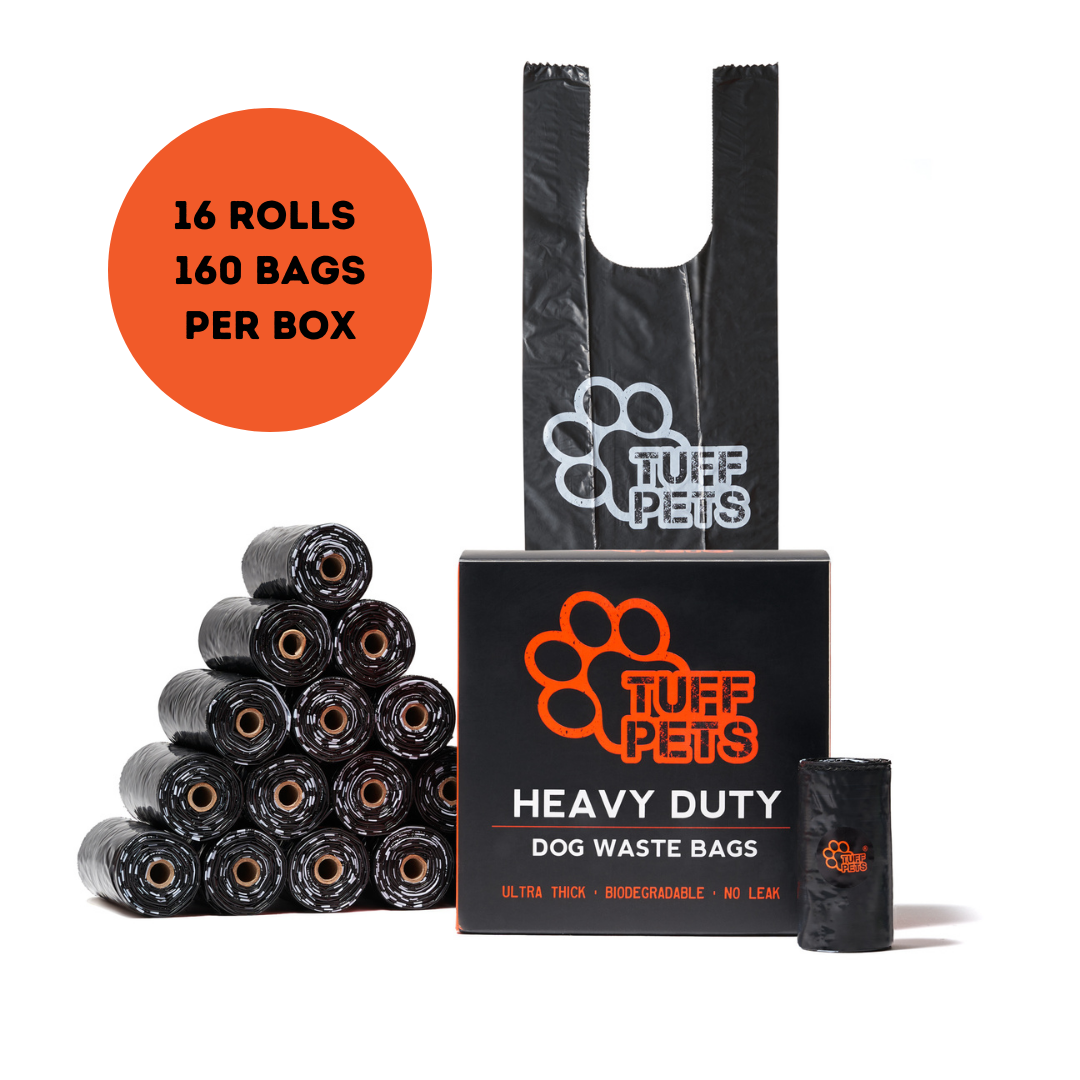
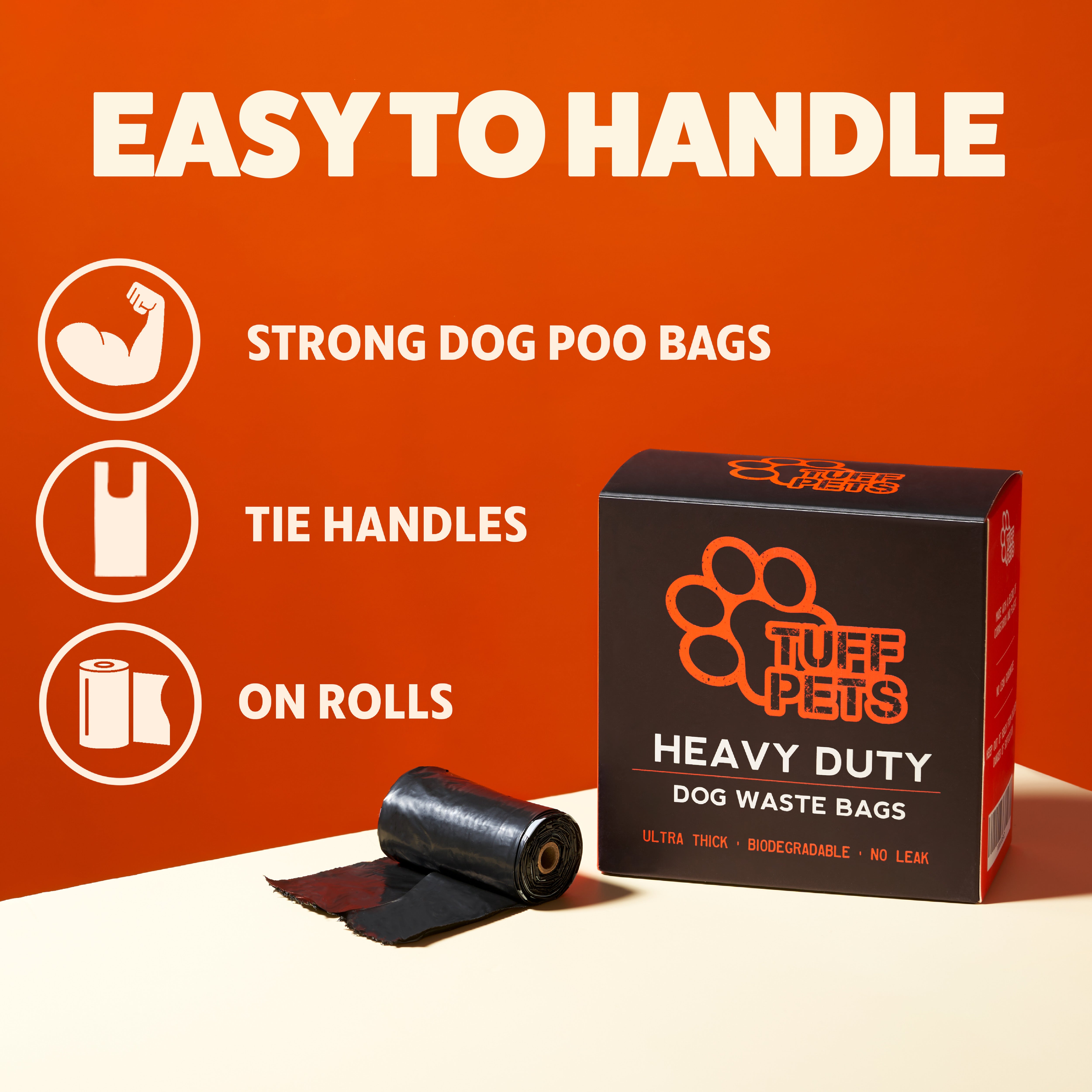
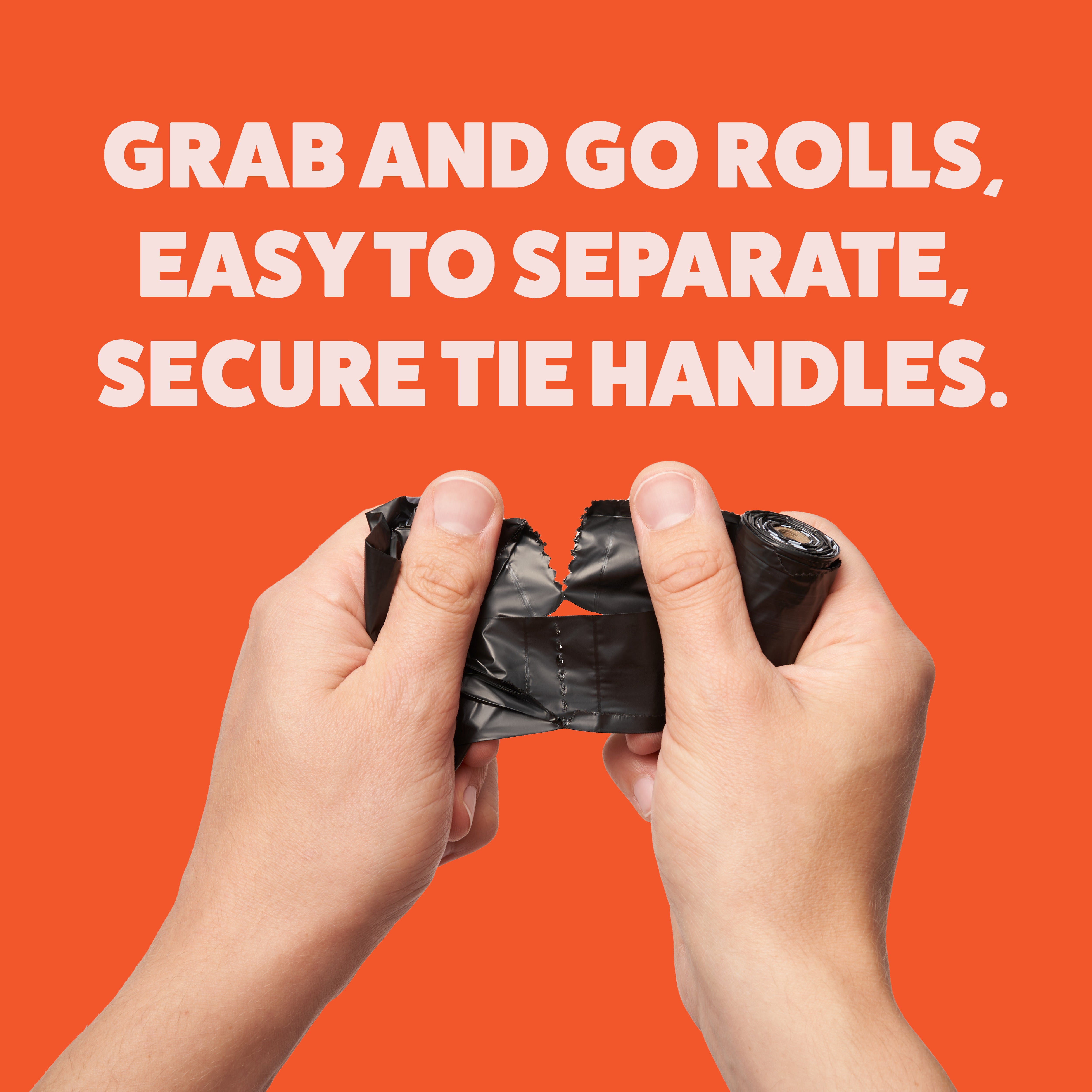
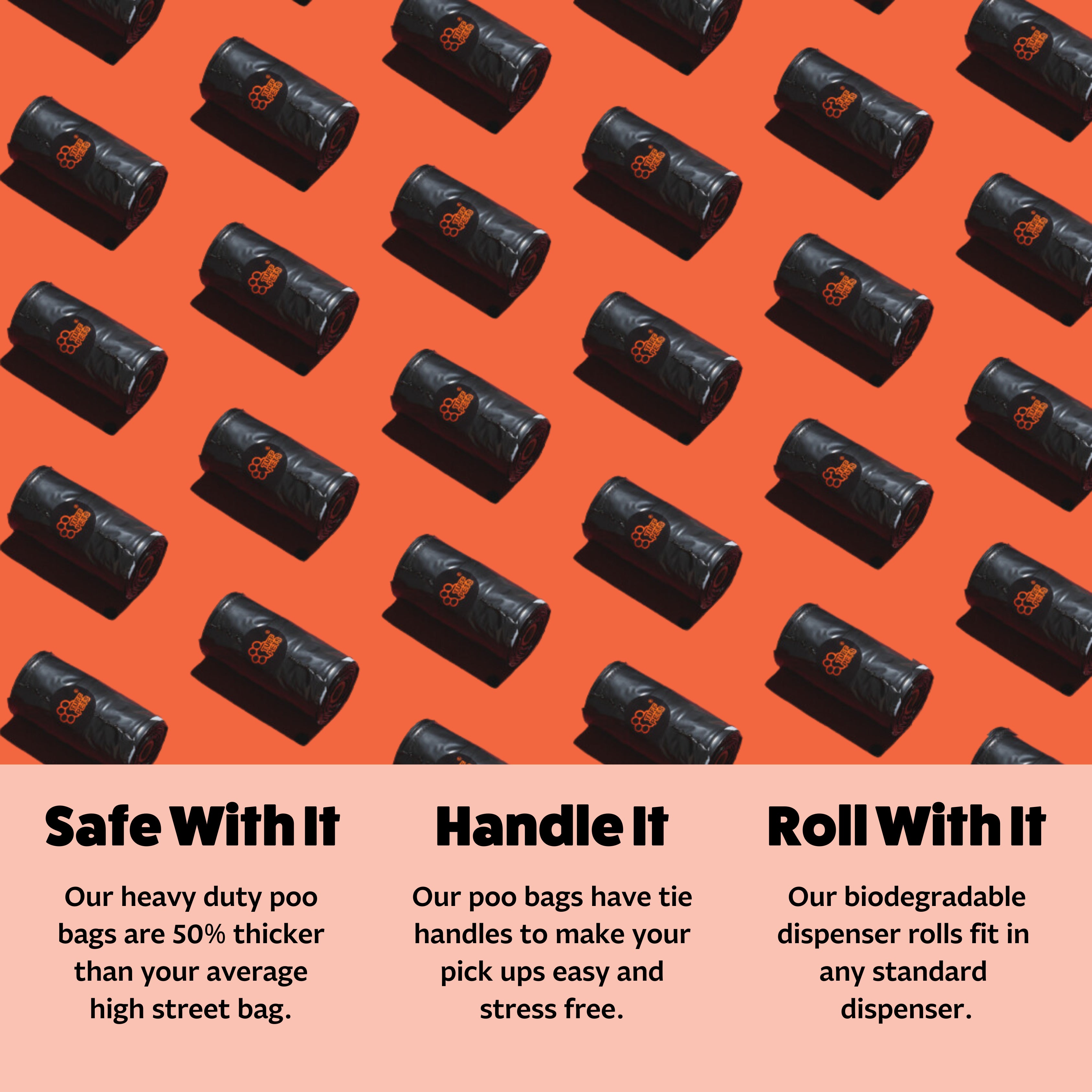
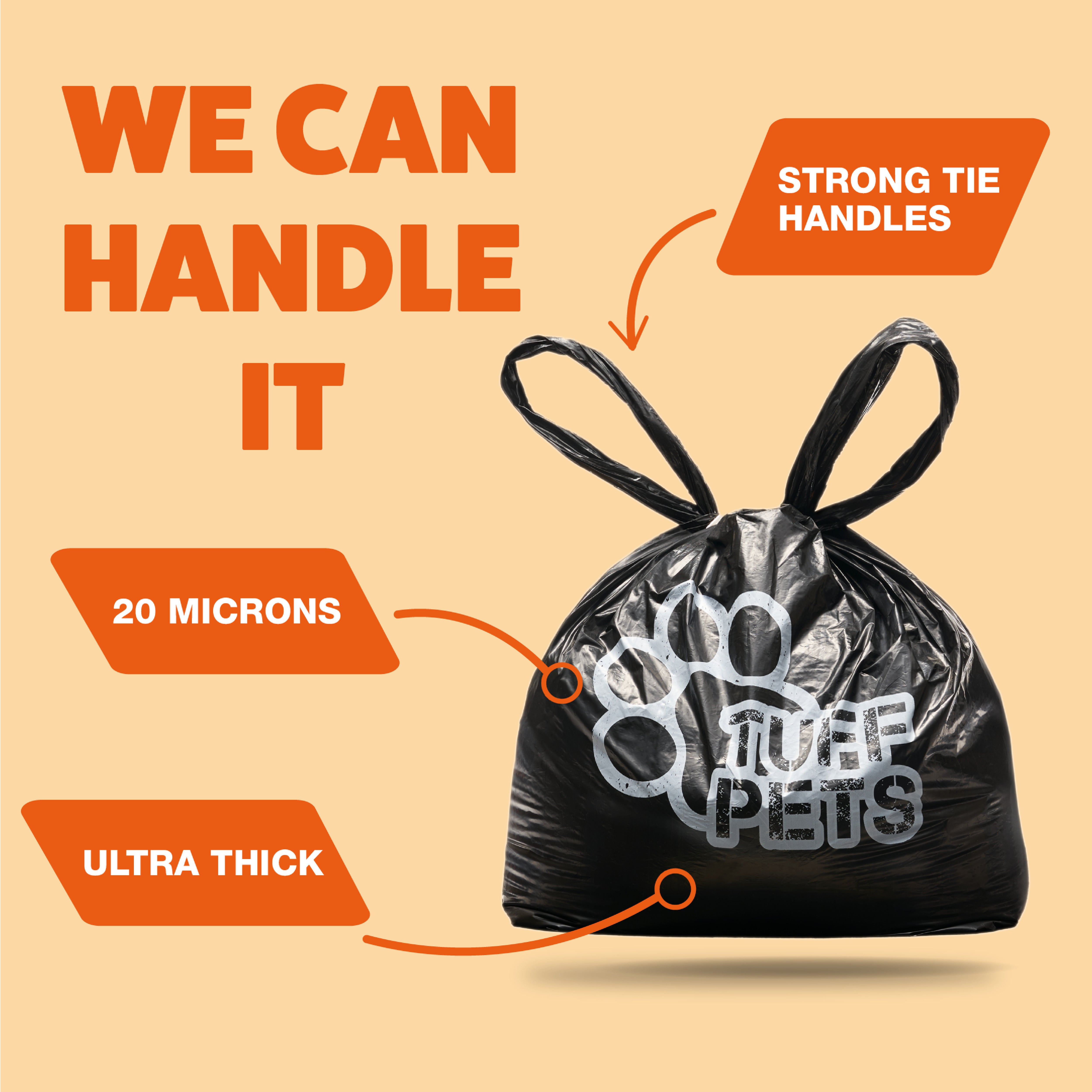
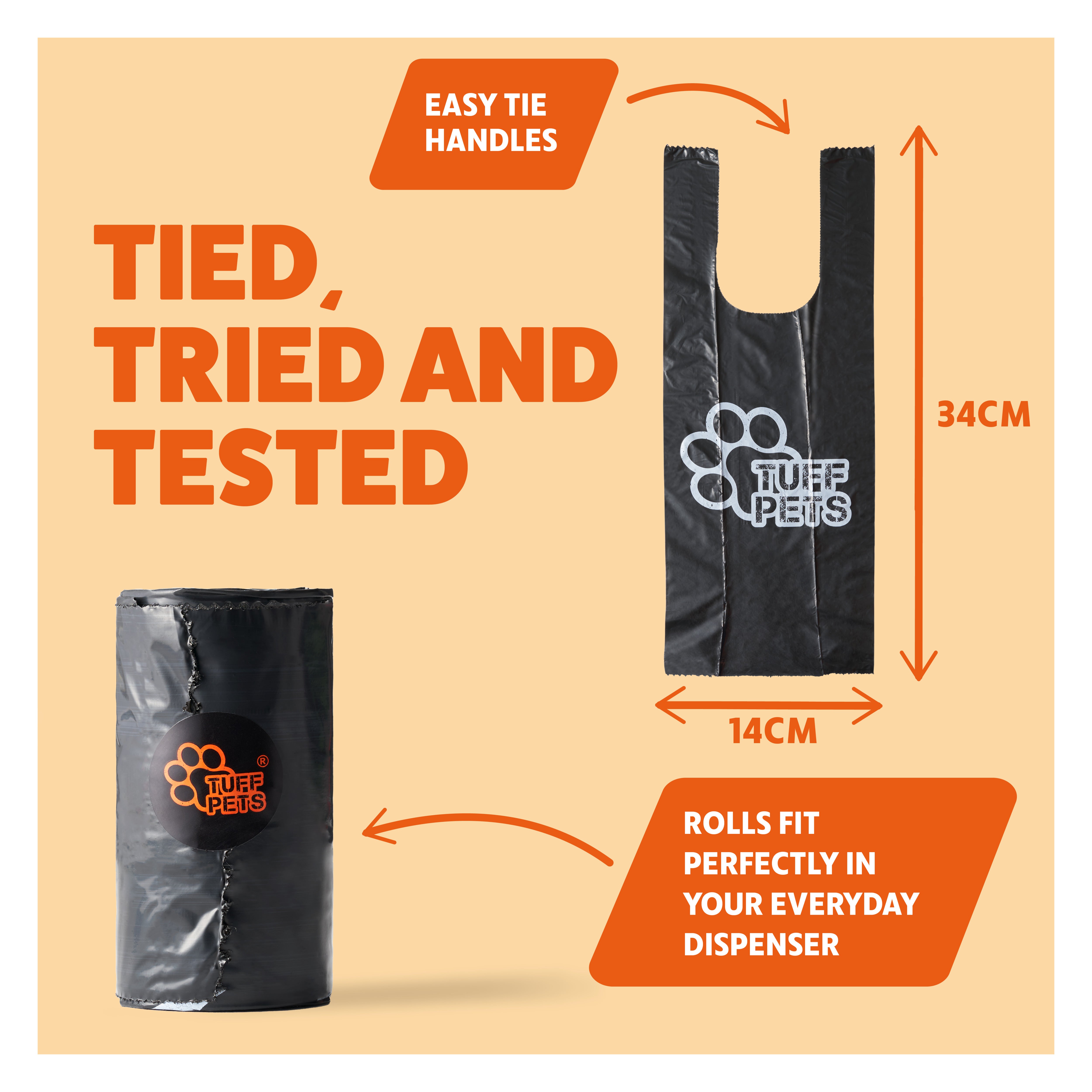
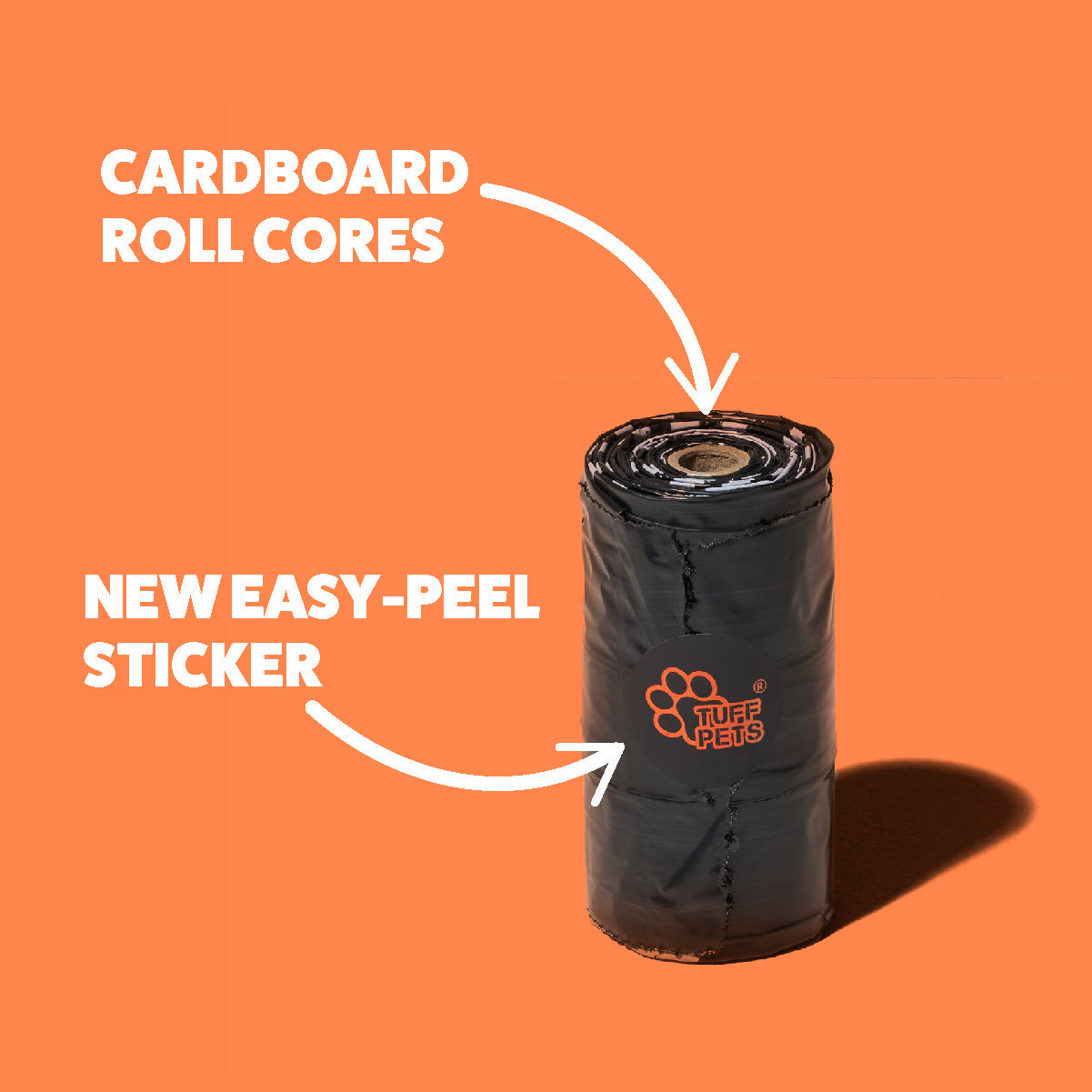
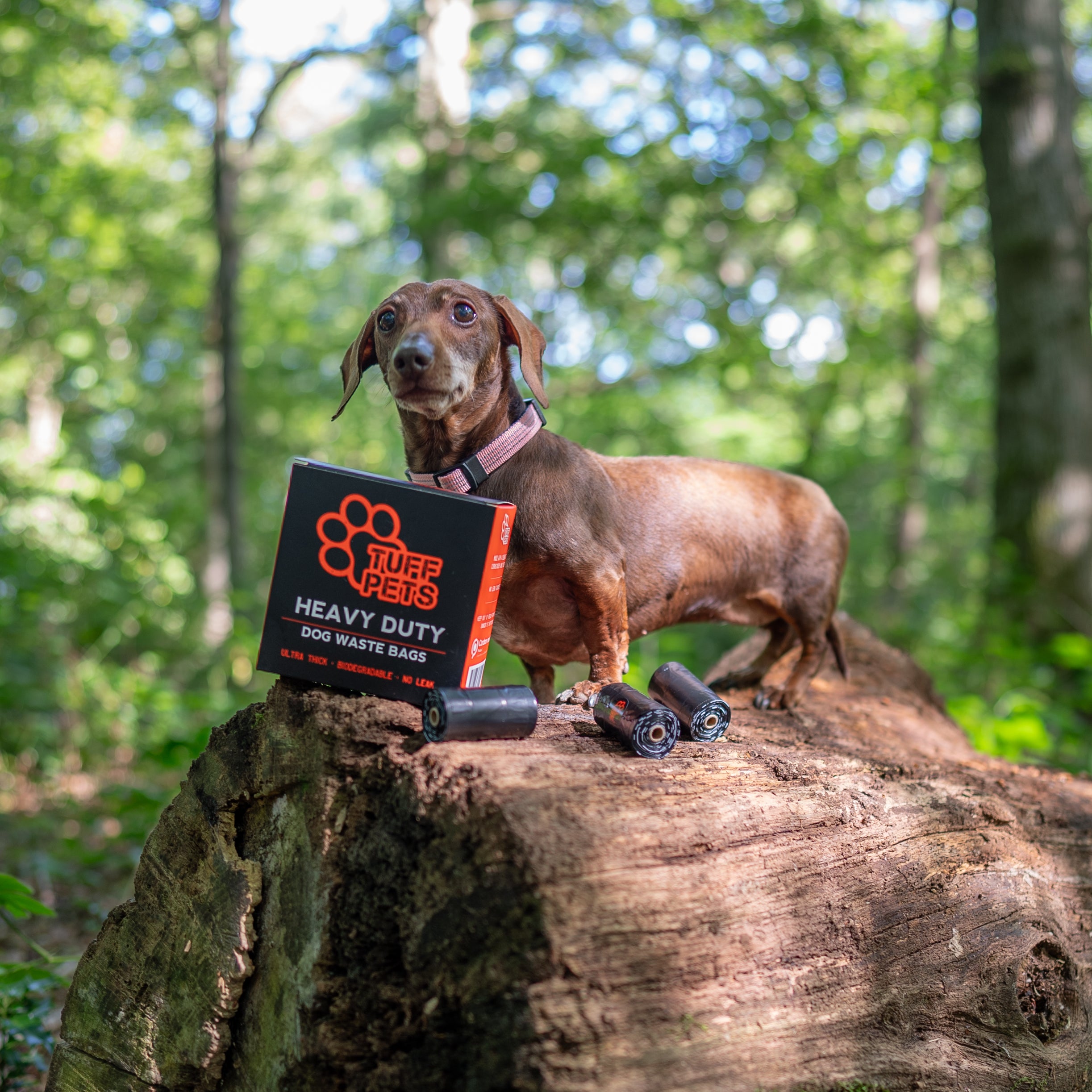

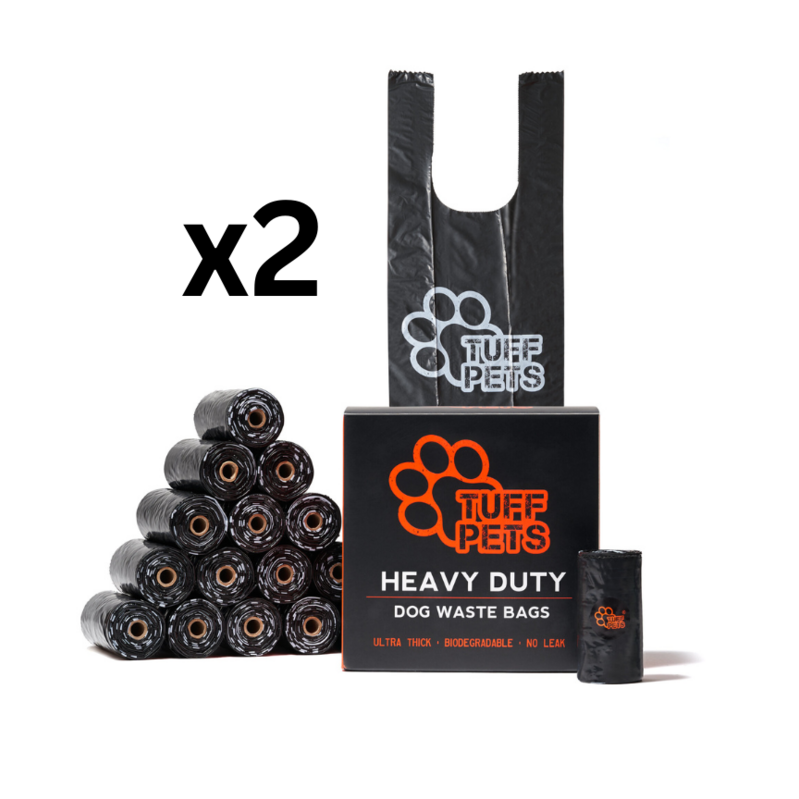
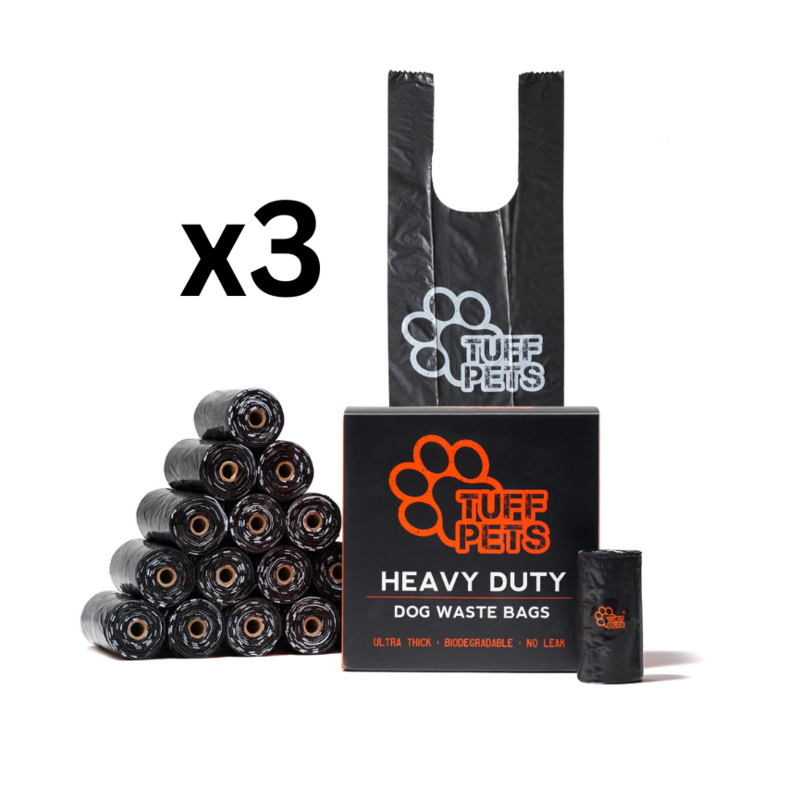
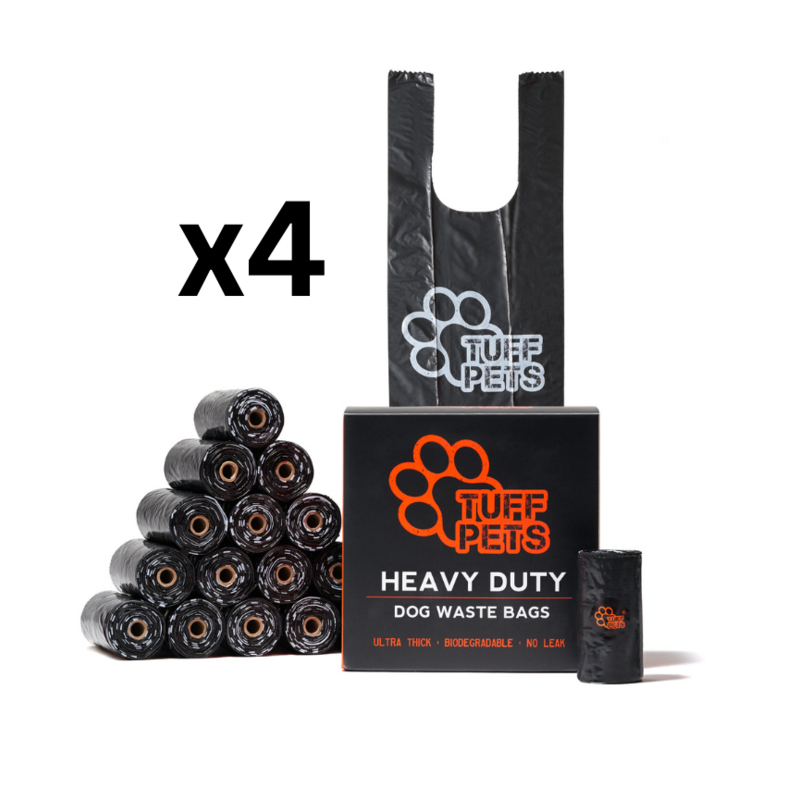
Share:
How Often Should You Walk Your Dog? | Tuff Pets
Why Is My Dog Pooping in the House?